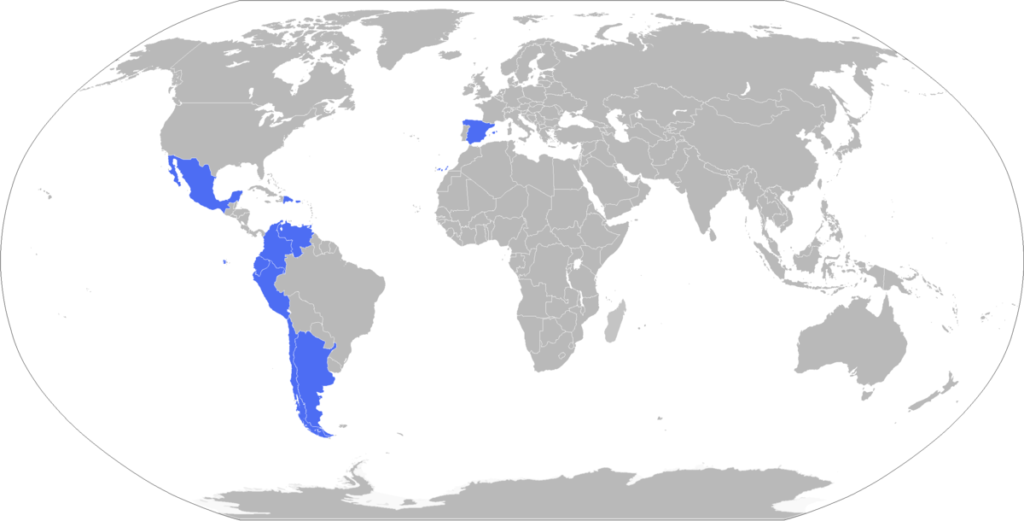
Have you ever wondered why we ask: “What is your target market for the translation?” Anyone who works with translation knows that it usually involves subtlety and nuance. Every language has dialects and regional differences that can vary from an accent to entire additional verb tense.
Spanish document translation is just one example of why attention to detail is often looked when a professional translation isn’t being used for technical publications. This lack of detail can become problematic with languages that are commonly spoken worldwide. If companies are taking the time and expense to translate their documentation, it is important the right message is being sent!
With over 477 million native speakers and the official language of 20 countries, Spanish is one of the most common languages in the world. In order for any Spanish translation to be clear, it is important to localize the document for the appropriate region/country.
Here are some examples of differences between European Spanish and Latin American Spanish:
Most of Latin America with the exception of Uruguay, Paraguay, and Argentina, dropped the use of the vosotros tense in the 1800s, but it is still used to designate “you guys” in Spain.
In Spain, your phone is a teléfono móvil. In Latin America, it’s a teléfono celular.
In Spain, the verb “coger” means to “catch or take”. In Latin America it has a vulgar connotation. If you enter “coger” in Google Translate, the translation is “take”. This is why it’s important to know the region when translating. Slang varies greatly by location!
Frequently, we help clients who have used either machine translation…
Google Translate for their project but ran into coherency and clarity issues with the industry and region-specific vocabulary. Using a professional translator who is well-versed in the industry can save your company time and money in the long run.
Back To News

 800-541-8270
800-541-8270